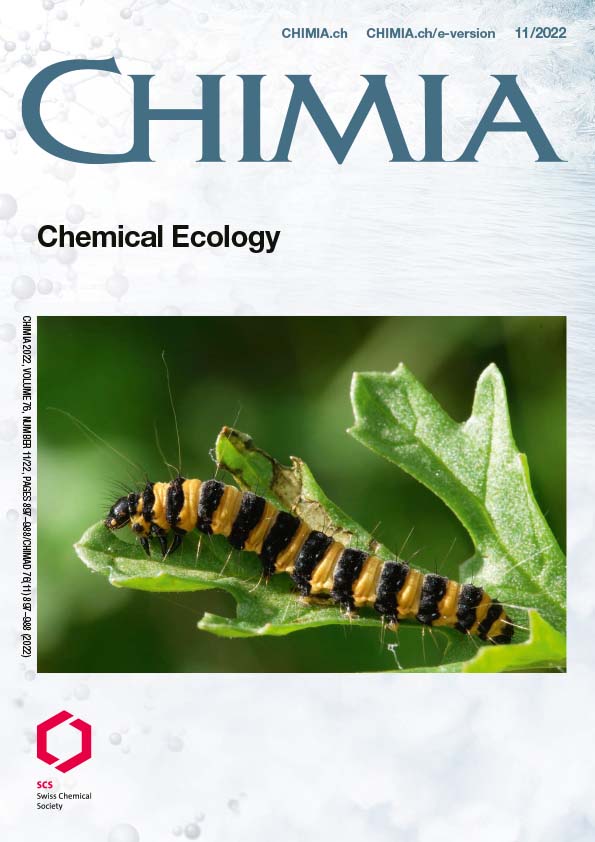Ecological Chemistry of Pest Control in Push-Pull Intercropping Systems: What We Know, and Where to Go?
DOI:
https://doi.org/10.2533/chimia.2022.906PMID:
38069785Keywords:
Chemical ecology, Desmodium spp. (tick clover), Pest management, Sustainable agricultural intensification, Zea mays (maize)Abstract
Push-pull technology (PPT) employs mixed cropping for sustainable intensification: an intercrop repels or suppresses pests of the focal crop (push), while a trap crop attracts pests out of the field (pull), where they may be targeted for control. Underlying chemical-ecological mechanisms have been demonstrated in controlled settings, primarily for some of the best-established cereal PPT systems developed in east Africa. Yet, many questions remain regarding mechanisms, and strategies to adapt PPT for different crops and locations. We conducted a systematic review of scientific literature on PPT and related practices for biological control of pests of food and fodder. Of 3335 results, we identified 45 reporting on chemistry of trap- or intercropping systems for pest control, of which 30 focused on cereals or African pests. Seven of these reported primary chemical data: measurements from glasshouse and laboratory studies (5), or of field-collected samples (2). From these 30, we provide a database of compounds, discussing degrees of evidence for their mediation of push-pull. We depict hypothesized spatial distributions of selected compounds in PPT fields from physical properties and emission/exudation rates, and design of the east African cereal PPT system, and discuss influences on activity in field settings likely to affect success.
Funding data
-
Horizon 2020
Grant numbers SFS-35-2019-2020
Downloads
Published
Issue
Section
License
Copyright (c) 2022 Jakob Lang, Frank Chidawanyika, Zeyaur R. Khan, Meredith Christine Schuman

This work is licensed under a Creative Commons Attribution 4.0 International License.







